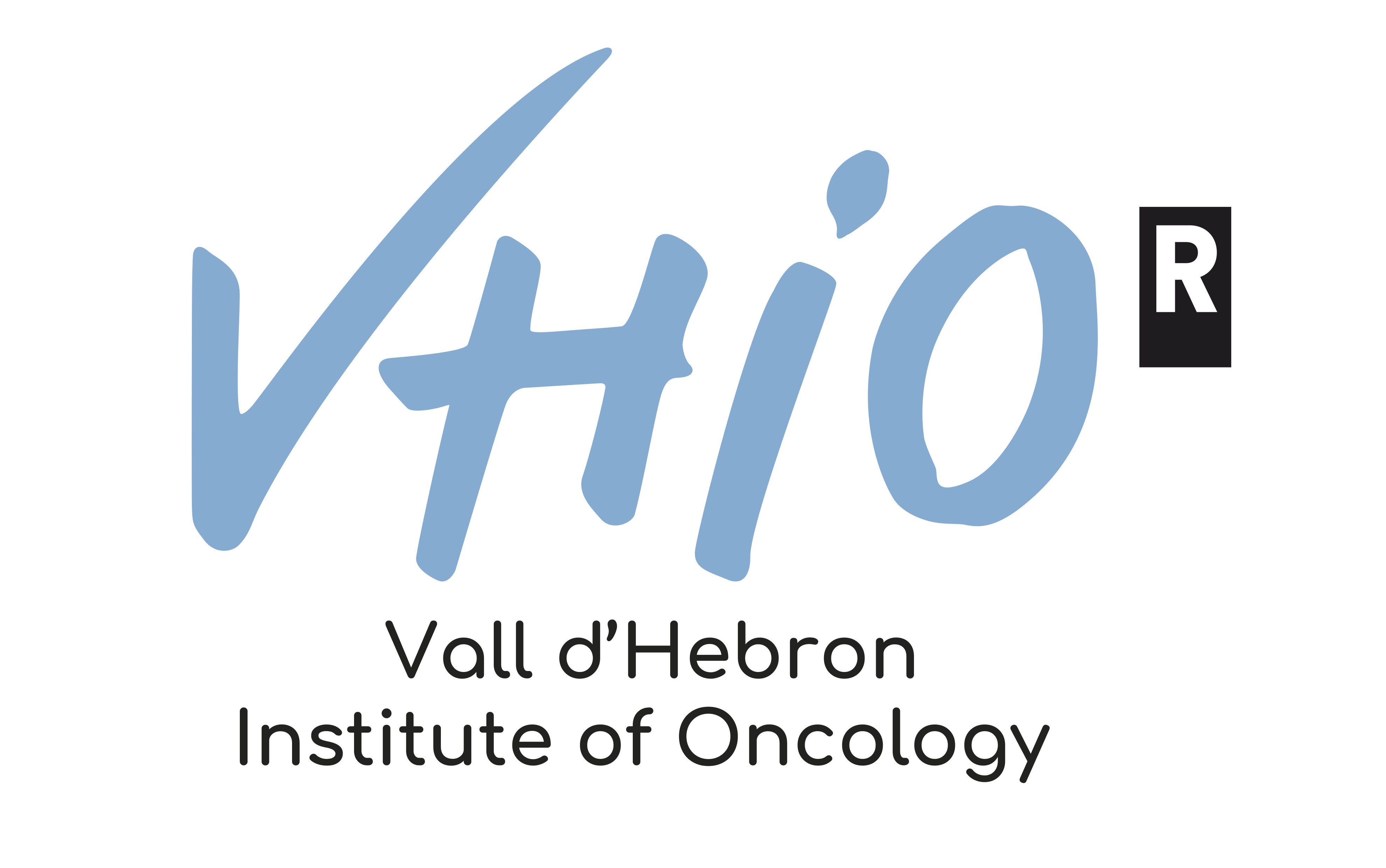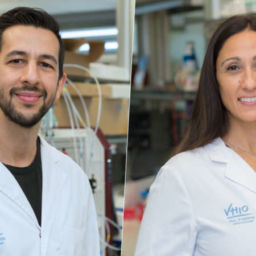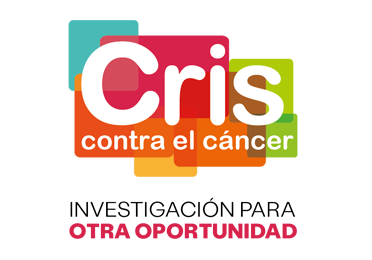
Barcelona, August 25, 2021. Multiple myeloma (MM), although relatively rare, is a highly heterogeneous cancer accounting for around 10% of all hematological malignancies. MM is the second most common blood cancer, with over 54,000 estimated new cases reported in Europe and 176,000 worldwide in 2020.
Thanks to myriad advances in cancer research and a deeper understanding of MM cell biology over the past 40 years, patient survival has increased from 6 to 33% for ten or more years. Despite this undeniable progress, this disease is still, almost exclusively, incurable, with relapse as high as 90%.
Due to the ageing global population and the fact that MM tends to peak at between 85-89 years of age, the incidence of this disease has increased by 32% since the early 1990s, with cases expected to double by 2040. Seeking out new therapeutic approaches to more effectively prevent cancer recurrence and slam the brakes on cancer cell spread, is therefore at the forefront of current translational and clinical research efforts; with MYC inhibitors as prominent contenders in many current/ongoing studies.
For good reason. MYC is one of the most potent oncogenes found to be deregulated in over half of all human cancers. Deregulated MYC activity represents a key driver of disease progression and has also been shown to occur in as many as 67% of MM cases.
Recently published open access in Cancer Drug Resistance (1), a superb review co-authored by Laura Soucek, Principal Investigator of VHIO’s Mouse Models of Cancer Therapies Group, and Sandra Martínez Martín, formerly a PhD student of her group, provides a comprehensive update on several direct and indirect MYC inhibitors for treating hematological tumors; with particular emphasis on those targeting MM.

The authors begin by exploring the process of myelomagenesis and describe the germline events and genetic alterations that co-conspire to drive disease development and tumor progression, including the deregulation of MYC activity as a key component.
Covering the major challenge of relapse in patients, how today’s array of targeted therapies ultimately fail as effective treatments, and the terrible suffering caused by bone destruction which is found in more than 80% of patients with late-stage disease, they call for new treatments, most likely combined with already approved agents, to more effectively prevent, control, and even cure this devastating disease.
“Multiple myeloma is a highly complex disease and therefore represents a challenge for current therapies which typically hone in on one unique target. In this review, we discuss several indirect or direct MYC inhibition strategies and shine light on both the lessons learnt from each, as well as the hope ahead in successfully ‘drugging’ this driver of cell proliferation and apoptosis”, observed lead author Sandra Martínez Martín, now a Postdoctoral Researcher at the VHIO-born spin-off, Peptomyc S.L., co-founded by Laura Soucek.
“We aimed to include the most recent publications that describe the use of different MYC inhibitors in hematologic cancers, with a special focus on multiple myeloma”, added Sandra Martínez Martín.

Created with BioRender.com
Precision medicine: progress & limitations
The current era of precision medicine in oncology continues to celebrate important advances in developing smarter and more potent therapies matched to the specificities of each individual tumor. As an example in blood cancer, the authors salute the development of the tyrosine kinase inhibitor (TKI) imatinib. Thanks to this agent, survival rates for chronic myeloid leukemia (CML) patients improved to 90% over five years and 88% over eight years.
But all is not rosy. As they go on to highlight, while a suite of over 55 targeted therapies have been approved to treat hematologic malignancies, most patients ultimately relapse. Discussing just some of the many mechanisms of resistance, Sandra and Laura point to the importance of liquid and on-treatment biopsies to identify biomarkers of resistance or response ahead of cancer’s next lethal move.
Moving on to MYC as a key regulator in cancer, they recognize the dedicated efforts of investigators globally who continue to push MYC inhibitors closer to the clinic. In this respect, Laura’s group and her Peptomyc team have pioneered research (2, 3) which has culminated in the development of the Omomyc cell-penetrating mini-protein, now being tested in a first-in-human phase I/II clinical trial. The hope is that it will deliver on the same promise in patients as it did in mouse models, and in so doing, make their Omomyc mini-protein (OMO-103) the first ever clinically viable and direct inhibitor of MYC.
Omomyc: in good company
Many other investigations have been or are being conducted to develop other MYC direct or indirect inhibition strategies. In this present review, they go on to detail several families of inhibitors used in the context of MM.
First, they review a range of indirect MYC inhibitors that have been designed to either block MYC transcription, halt MYC mRNA translation, or promote MYC degradation. Second, direct MYC inhibitors under their lens include those targeting MYC expression, PPIs or DNA binding, or MYC-dependent synthetic lethality.
Covering the promise and limitations of each approach, the authors also point to next step directions, including the potential of PARP inhibition in MM, particularly in the instance of bortezomib resistance, which might suggests a new role of MYC in driving PARPi mediated repair.
“In this review, we outline how first attempts to use these strategies in the clinic largely failed to show much efficacy. However, on a positive note, many of the molecules that we have included here are either still being evaluated in the clinic, or show convincing preclinical evidence to guide the design of studies for their assessment”, said corresponding author Laura Soucek, who is also an ICREA Research Professor as well as Peptomyc’s Chief Executive Officer.
“The targeting of different aspects of multiple myeloma cell biology, many of which are ultimately controlled by MYC, is showing early promise in achieving higher response rates, delaying resistance to therapy, and thus improving outcomes for patients. The ultimate, collective goal is to render myeloma a curable disease’, concluded Laura Soucek.
References:
- Martínez-Martín S, Soucek L. MYC inhibitors in multiple myeloma. Cancer Drug Resist 2021;4:842-865. doi: 10.20517/cdr.2021.55.
- Jonathan R. Whitfield, Laura Soucek. The long journey to bring a Myc inhibitor to the clinic. J Cell Biol. 2021. Aug 2;220(8):e202103090. doi: 10.1083/jcb.202103090.
- Massó-Vallés D, Soucek L. Blocking Myc to Treat Cancer: Reflecting on Two Decades of Omomyc. Cells. 2020 Apr 4;9(4):883. doi: 10.3390/cells9040883. PMID: 32260326; PMCID: PMC7226798.

























